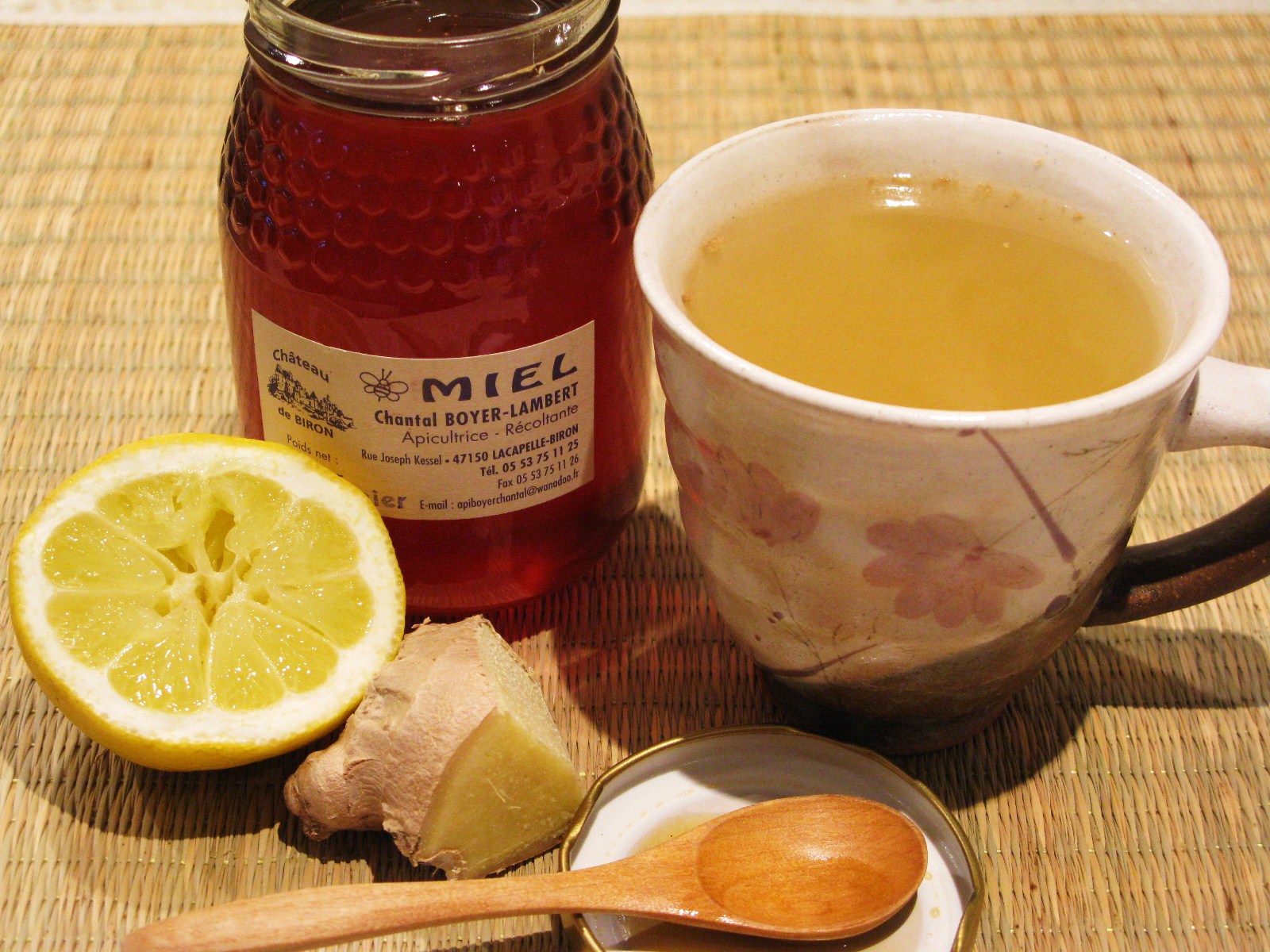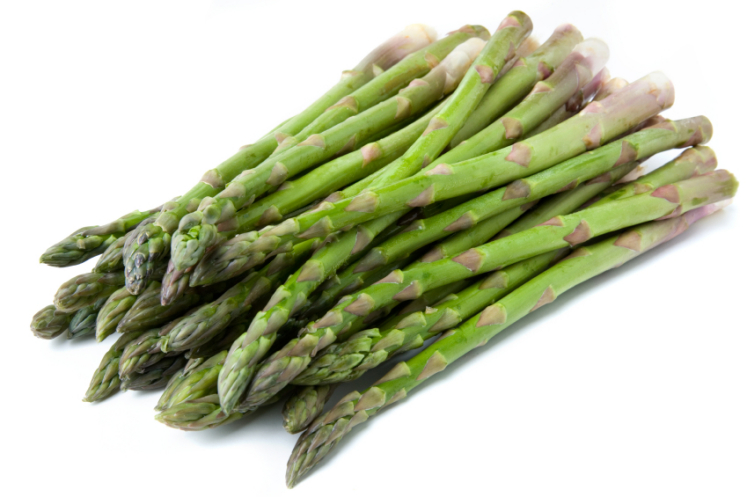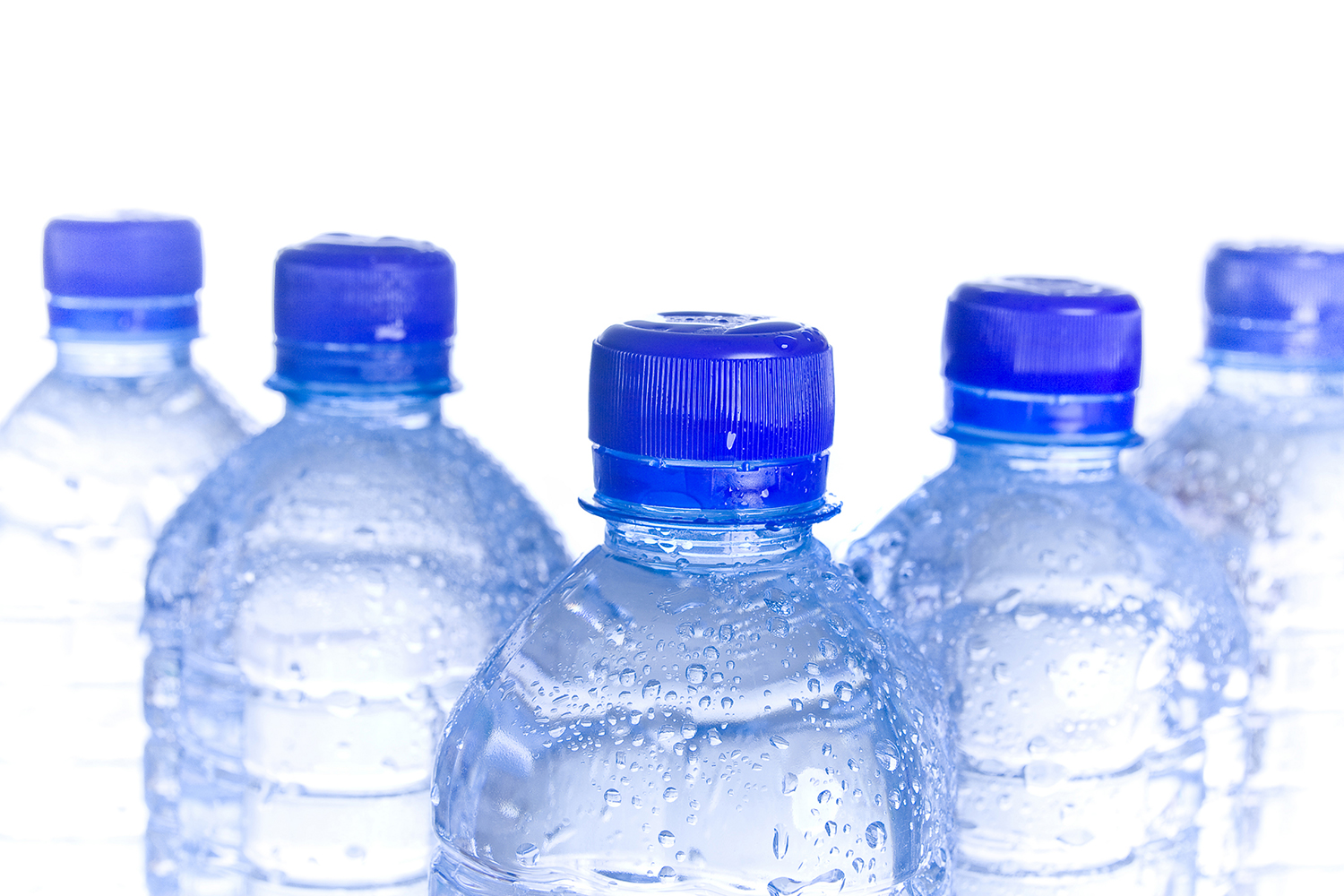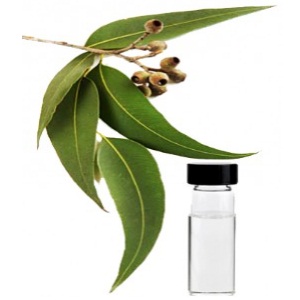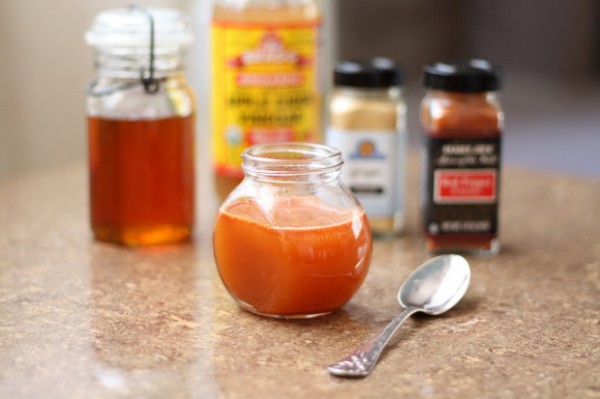A sore throat is the result of an inflammation of the pharynx, the tube that extends from the back of the mouth to the esophagus.
Some of the major causes of this condition are viral, bacterial, or fungal infections; irritants like pollution, smoking, acid reflux, or dry air; excessive shouting; or some kind of allergic reaction. A sore throat is often accompanied by a headache, stomach ache, the common cold and swollen glands in the neck.
Sore throats, while very common, can be painful and uncomfortable. Instead of making an appointment with a doctor, you can try some easy, natural remedies that will help alleviate the pain and, depending on the cause, possibly cure the problem.
1. Lemon
You can use fresh lemons to get relief from a sore throat as they help remove mucus.
- Try hot lemonade with honey. Mix the juice from half a lemon and one teaspoon of honey in one cup of warm water. Sip it slowly.
- Another option is to gargle with freshly pressed lemon juice diluted with an equal amount of warm water.
- You can also take half a lemon and sprinkle salt and pepper over it. Slowly lick the lemon.
2. Apple Cider Vinegar
Apple cider vinegar is helpful for treating a sore throat due to its antibacterial properties.
- Add one tablespoon of apple cider vinegar and one teaspoon each of lemon juice and honey to a cup of warm water and drink it slowly. Do this two or three times a day. Soon you will get relief from the pain and inflammation.
- You can also make a gargle solution with apple cider vinegar. Mix one teaspoon of salt and one tablespoon of apple cider vinegar in one cup of warm water. Gargle with it several times a day.
3. Cinnamon
Cinnamon can be used to treat a sore throat caused by the common cold.
- Add one teaspoon each of cinnamon powder and black pepper powder to a glass of warm water. You may also add cardamom. Strain the solution and gargle with it. Do this once daily for a week to get complete relief.
- Another option is to mix a few drops of cinnamon oil and one teaspoon of pure honey. Eat this two times a day to get relief from the pain and inflammation associated with a sore throat.
4. Salt Water
One of the best ways to get relief from a sore throat is gargling with salt water. Salt works like an antiseptic and helps draw water out of mucous membranes in the throat. This cuts phlegm and reduces inflammation, giving you instant relief.
- Mix one-half teaspoon of salt in a glass of warm water. If you do not like the salty taste, add a small amount of honey.
- Gargle with the solution. Do not swallow it. Spit the water out after gargling.
- Do this at least four times a day for best results.
5. Garlic
Garlic has antibacterial and antiseptic properties along with other medicinal properties that can help treat or prevent sore throats.
- Cut a fresh garlic clove in half and then suck on the pieces. Occasionally crush a garlic piece with your teeth to release the chemical known as allicin that helps kill the bacteria may be causing the sore throat.
- Alternatively, you can use garlic oil. Add a few drops of garlic oil to one-fourth cup of water and gargle with it once daily.
- Also try to eat garlic in raw and cooked form. If you do not like the taste, you can take garlic pills.
6. Slippery Elm
Slippery elm contains mucilage, a gel-like substance that coats the throat, eases soreness and reduces irritation.
- Add one teaspoon of the inner bark of slippery elm to two cups of boiling water.
- Let it steep for a few minutes, and then strain the solution.
- Drink it slowly while it is still warm.
- In fact, you can use this solution for the treatment of any kind of respiratory illness or laryngitis. If the herb is not available, you can also buy slippery elm in capsule form from any drug store.
Source: top 10 home remedies


